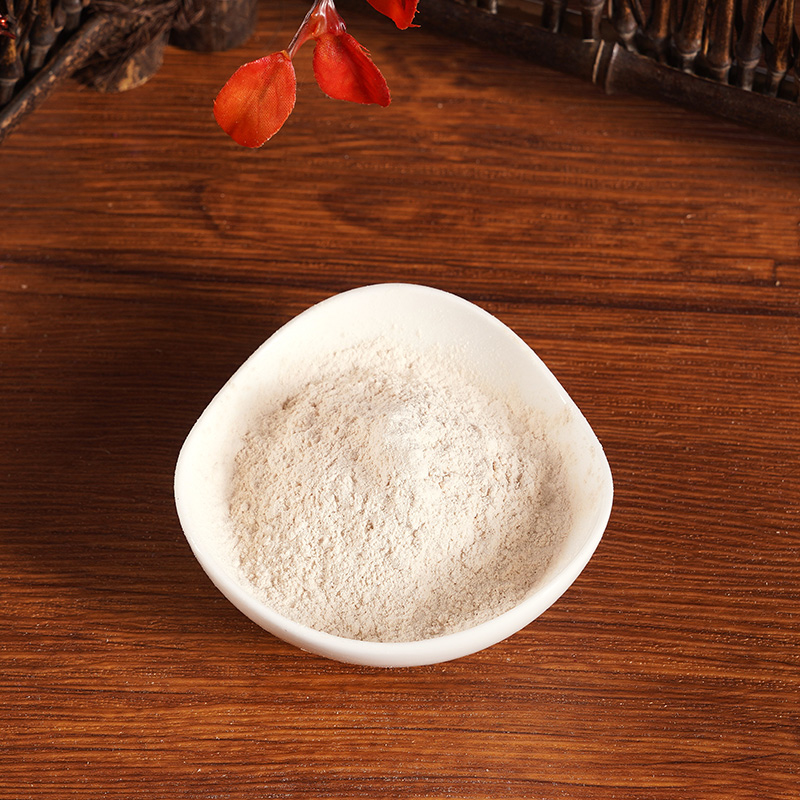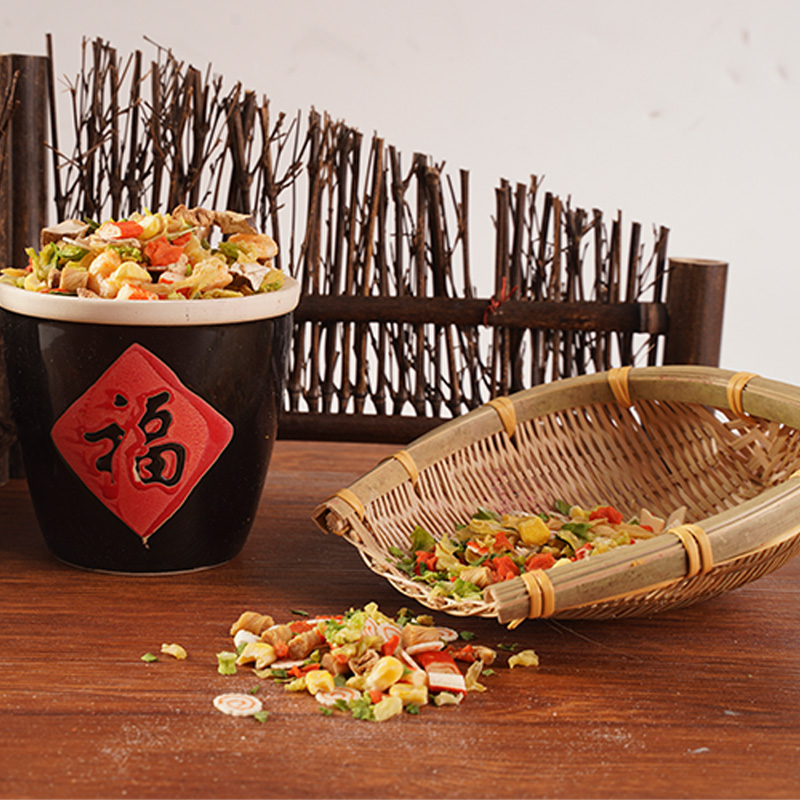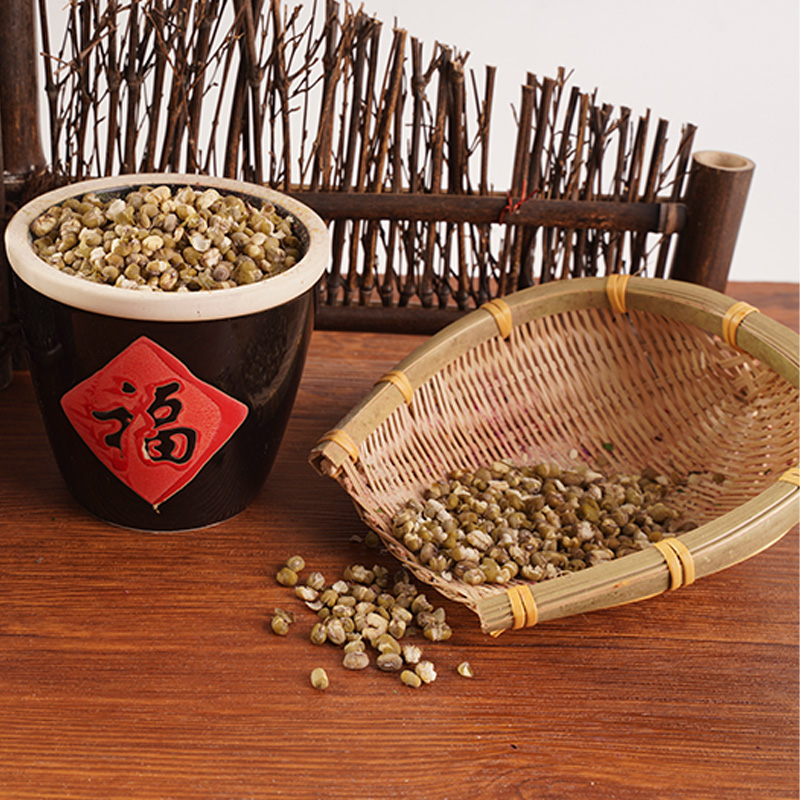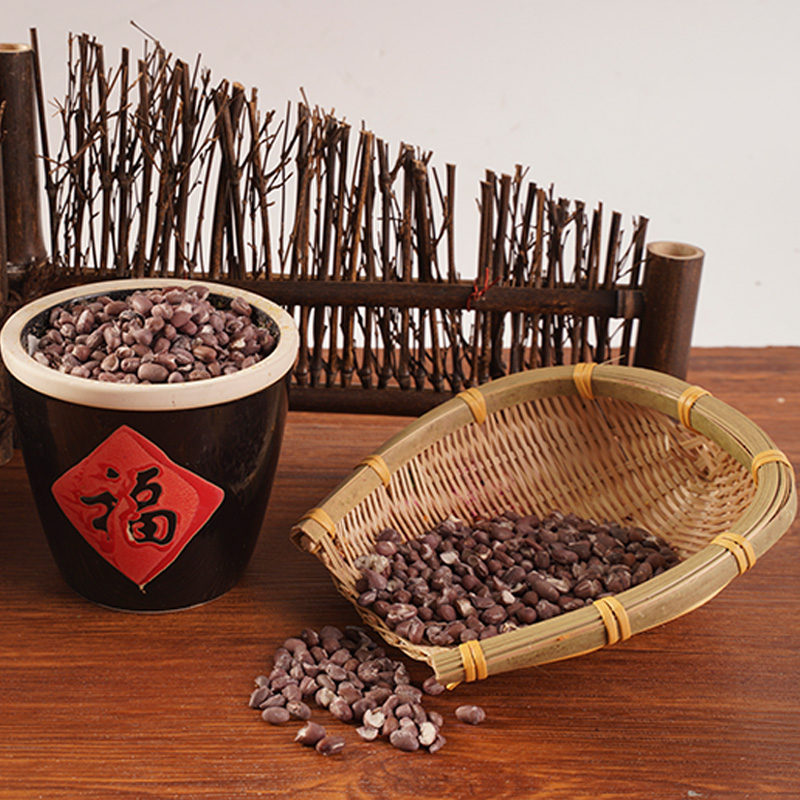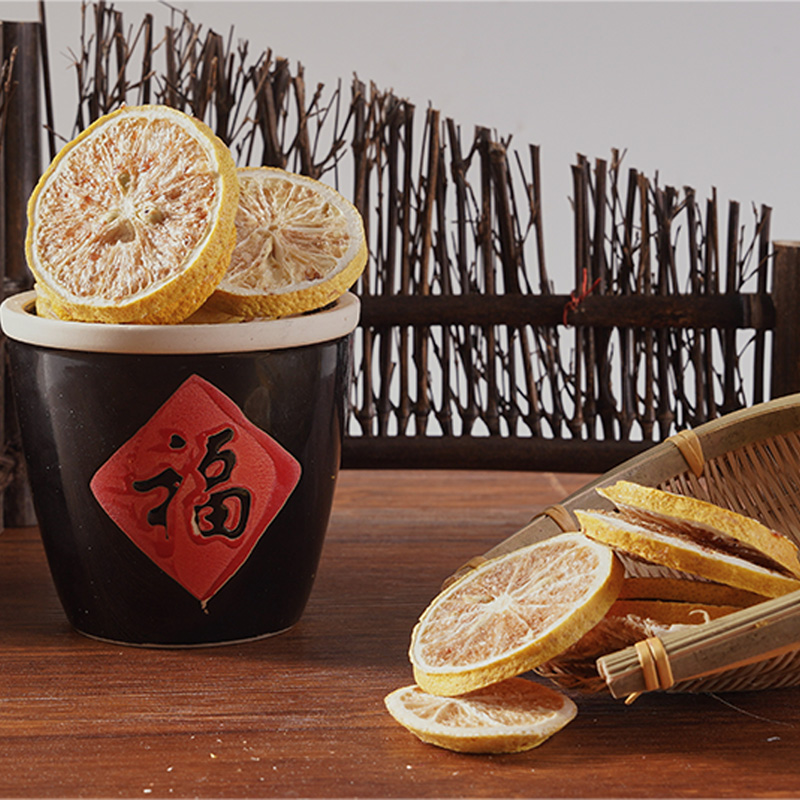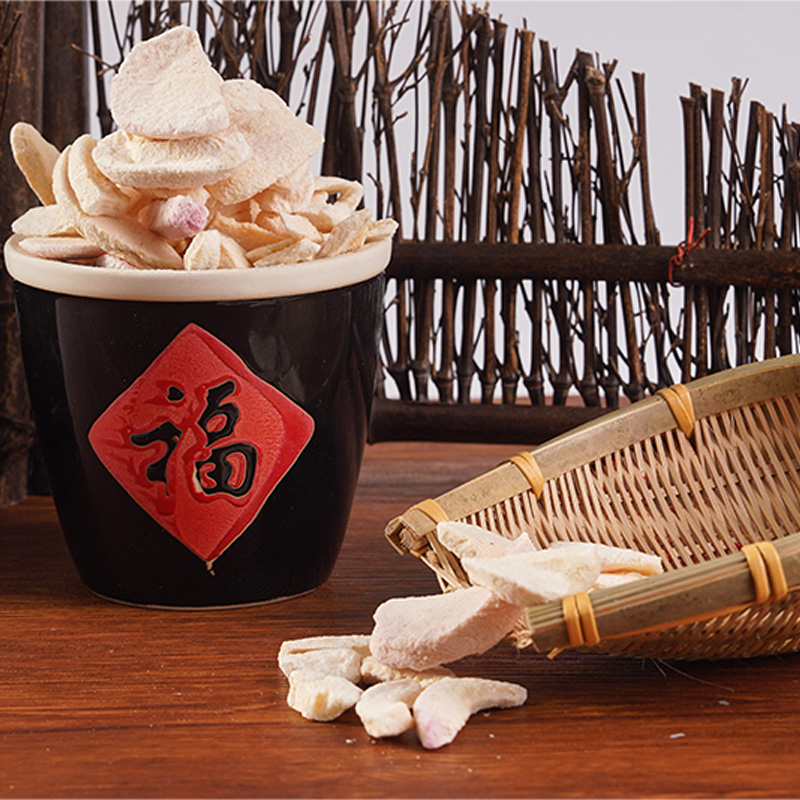What Are the Best Methods for Rehydrating Dehydrated Vegetables?
Dehydrated vegetables are important raw materials in the modern food industry. Their rehydration technology directly affects the texture, nutritional value and commercial value of the final product.
1. Cold water immersion method (4-12℃)
Applicable types: green leafy vegetables (spinach, cabbage), herbs
Cell osmosis principle: low temperature slows down cell membrane rupture and maintains fiber structure
Golden ratio: 1:5 (vegetables: water) soaking for 90-180 minutes
Advantages: Vitamin C retention rate is as high as 85% (USDA, 2022)
2. Warm water activation method (40-50℃)
Applicable types: root vegetables (carrots, potatoes), mushrooms
Temperature control key: starch conversion enzyme can be activated when the temperature exceeds 45℃
Experimental data: β-carotene absorption rate increased by 23% (Food Chemistry, 2021)
Operation points: Stir every 15 minutes to prevent local overheating
3. Steam rehydration technology
Industrial-grade solution: Vacuum steam treatment system
Nutrient preservation advantage: 40% reduction in water-soluble vitamin loss
Parameter standard: 8-12 minutes at 0.8 bar pressure
Commercial application: Standard process for ready-to-eat food production line
4. Boiling water quick-acting method (100°C)
Emergency treatment plan: Applicable to dehydrated onions and dried tomatoes
Time control: Strictly controlled within 90 seconds
Texture optimization: Add 0.5% salt to increase cell osmotic pressure
Note: Immediate cooling is required to terminate the thermal reaction
5. Microwave-assisted rehydration (2450MHz)
Frontier technology: Electromagnetic field induces resonance of water molecules
Efficiency revolution: Processing time is shortened to 1/7 of traditional methods
Power setting: 500W intermittent pulse processing (30 seconds/time)
Safety tips: Metal containers are absolutely prohibited
Professional advice:
Acid-base adjustment: Adding 0.1% citric acid can enhance cell wall elasticity
Hardness test: Use Texture Analyzer determines the ideal value of 50-70N/mm²
Microbial control: The product must be processed within 4 hours after rehydration
Vegetables with different dehydration processes should choose the corresponding rehydration plan:
Freeze-dried products: Gradient temperature rehydration is preferred
Hot air drying: It is recommended to use ultrasonic assistance
Spray drying: Buffer solution treatment must be used
News Category
- Company News(1)
- Industry News(71)



 English
English русский
русский 日本語
日本語 한국어
한국어 中文简体
中文简体





